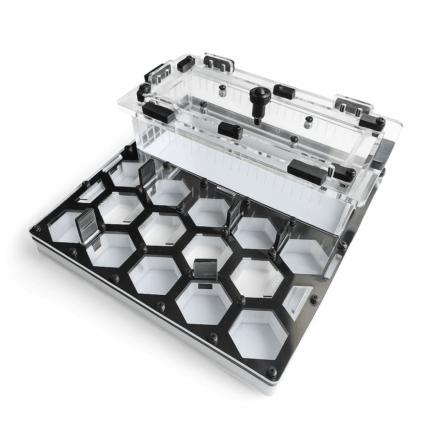
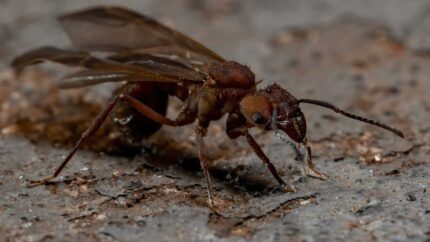
Acanthomyrmex mizunoi
$79.63 – $123.58Price range: $79.63 through $123.58
Worldwide shipping
Free delivery over 999 PLN
The highest quality of goods
Live delivery guarantee
24/7 Personal Support
Fair Prices
Description
Acanthomyrmex mizunoi is a polygynous ant species with colonies that can contain up to 1000 workers. The development rate of this species is medium. The ants vary in size, with the queen measuring 4-6 mm, workers 3-4 mm, and majors 5-8 mm. They have a brown-red coloration. Their diet consists of food insects, syrup, fruits, vegetables, jelly, and cooked chicken without salt.
Additional information
| Behavior | |
|---|---|
| Difficulty in breeding | |
| Origin | |
| The size of ants | |
| Wintering |
Acanthomyrmex mizunoi Ant Colony
Colony type: Polygyny
Colony size: up to 1000 workers
Development rate: medium
Size
- Queen: 4-6 mm
- Workers: 3-4 mm
- Majors: 5-8 mm
Color: brown-red
Nutrition
- Food insects such as cockroaches and crickets
- Syrup made from a mixture of water and honey
- Fruits and vegetables
- Jelly
- Cooked chicken without salt or shrimp
- Soft grains
Providing a diverse range of food sources will ensure the health and vitality of the Acanthomyrmex mizunoi.
Temperature and Humidity
Humidity
- Arena: 50-70%
- Nest: 70-90%
Temperature:
- Arena: 24–30°C
- Nest: 22–27°C
Feature of the species:
The Acanthomyrmex mizunoi is known for its unique characteristics:
- Usually, a colony consists of 1-3 Queens
- Soldiers are larger than queens
- They have a huge head disproportionate to the body
These distinct features make the Acanthomyrmex mizunoi an intriguing species to observe and study.
Recommended nests for breeding
- Acrylic nests
- Cork nests
- Plaster nests
- Digfix


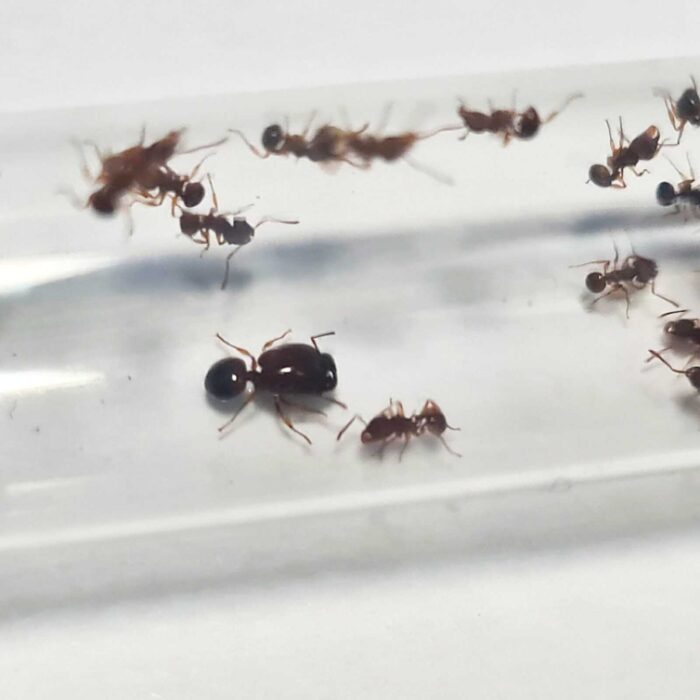
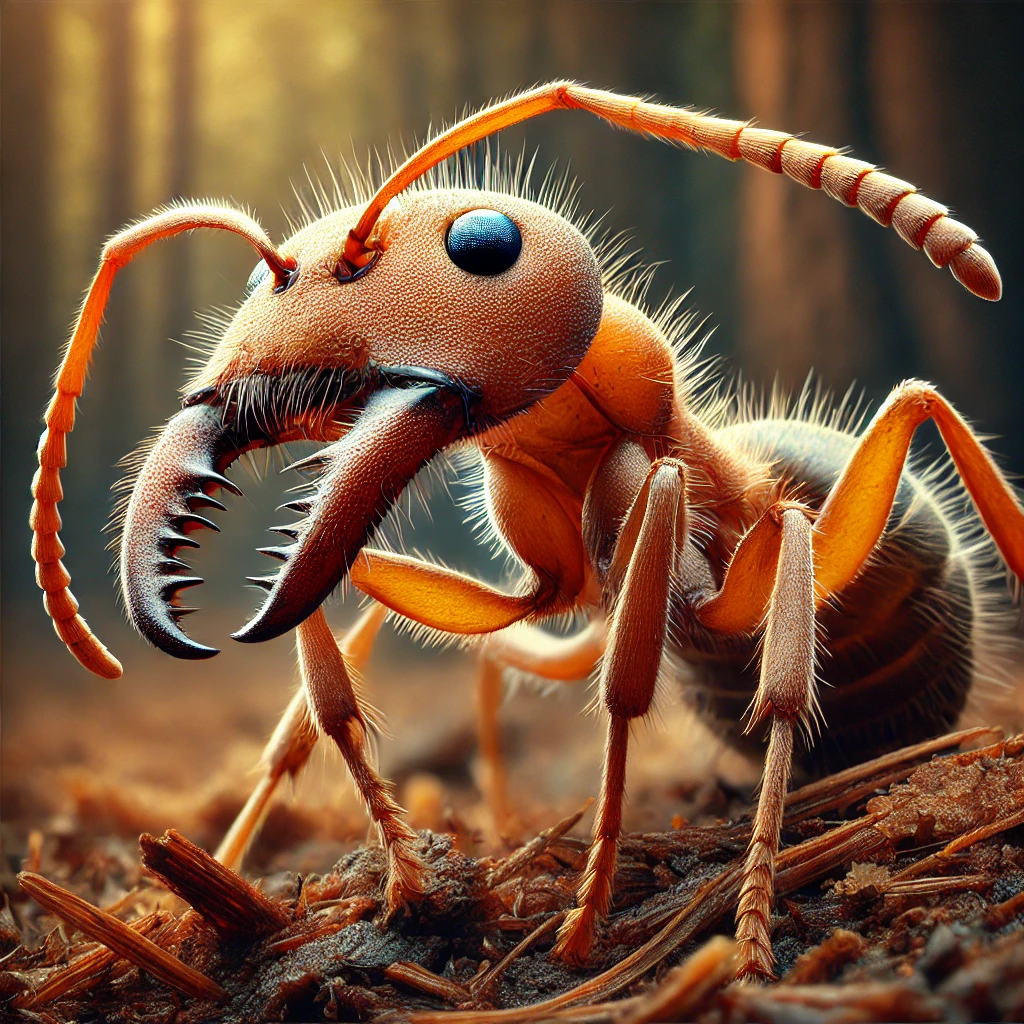
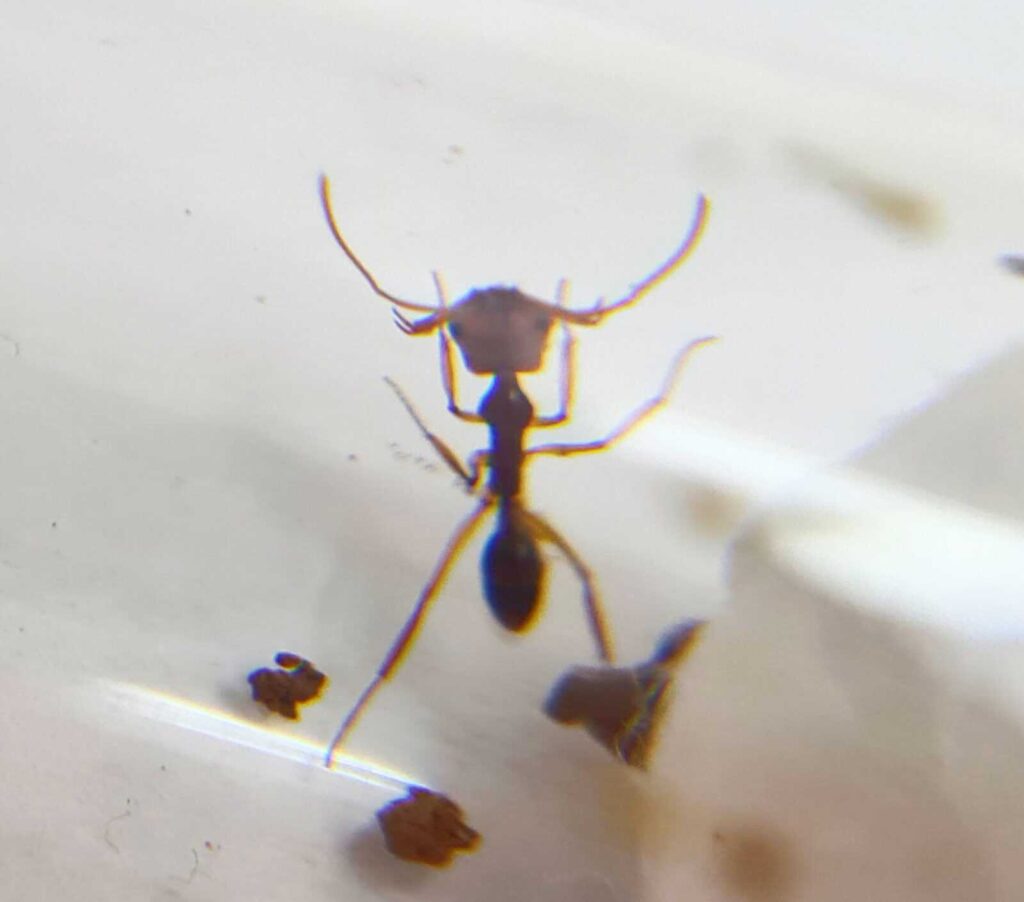

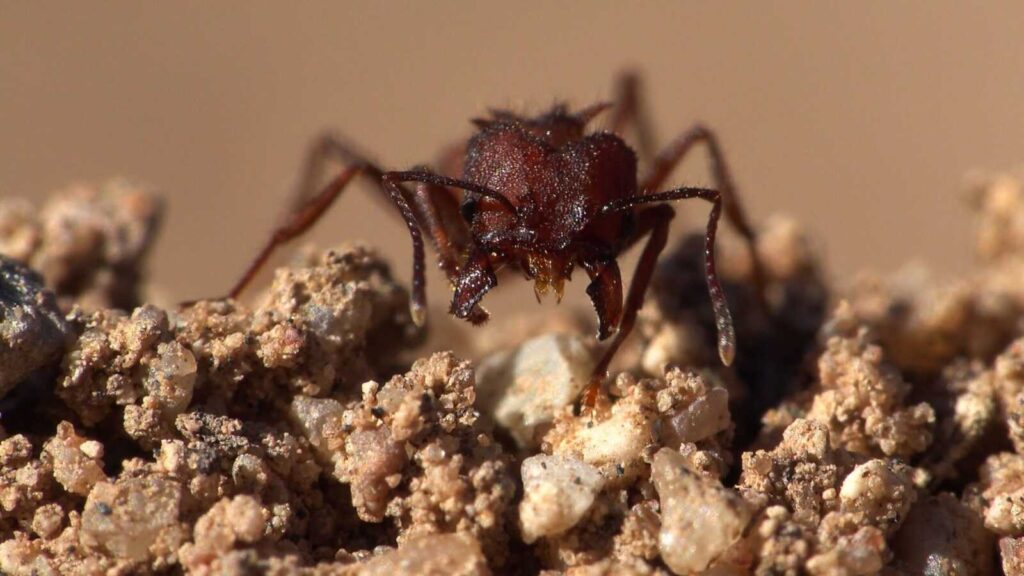
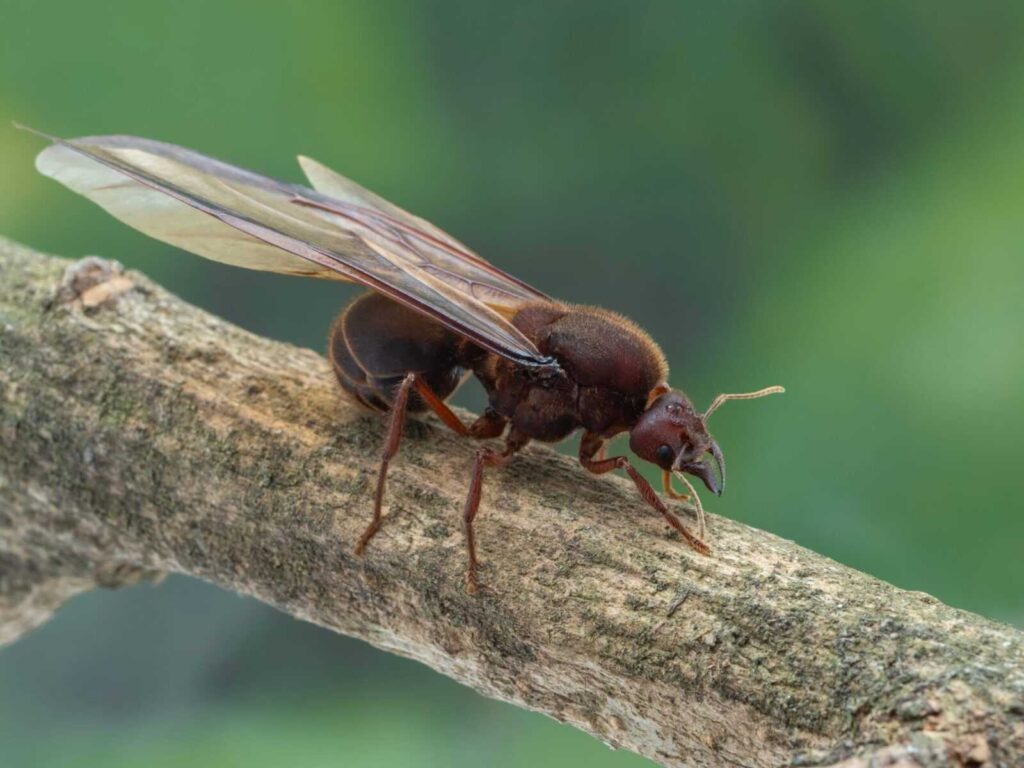

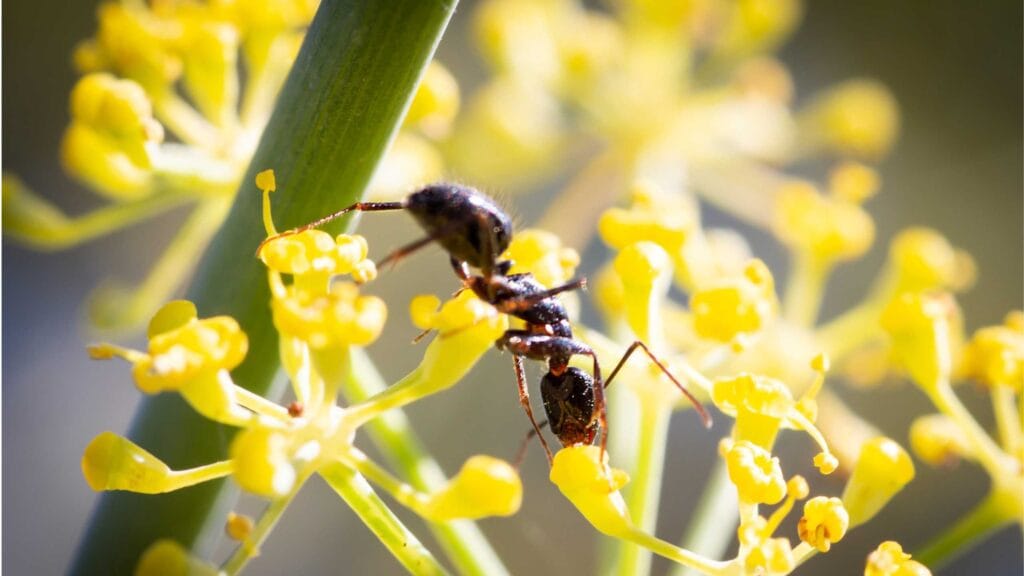

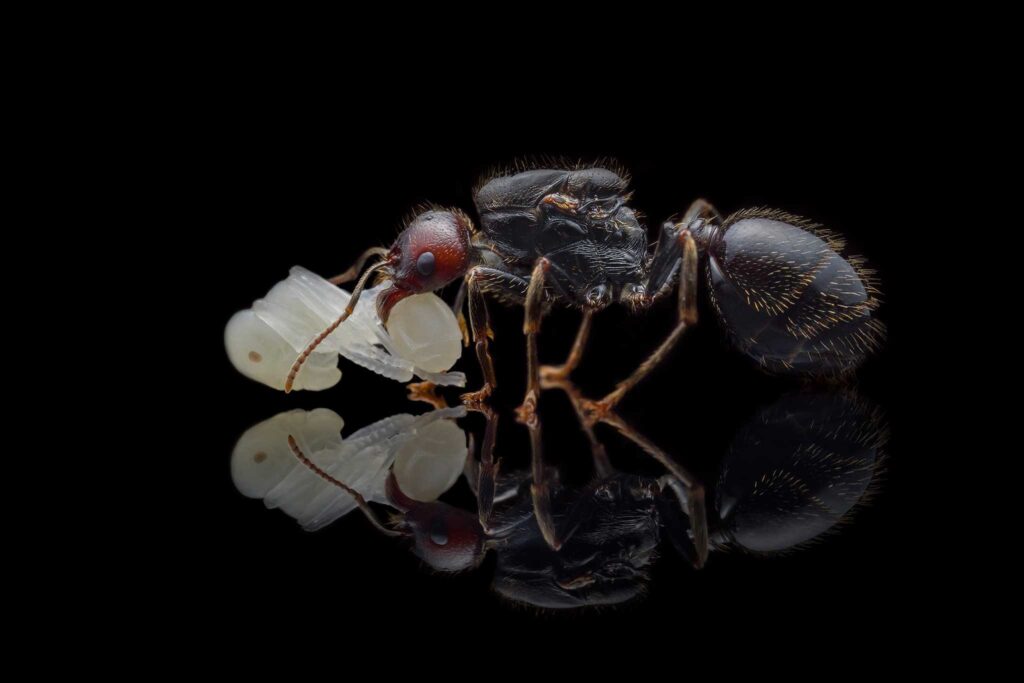
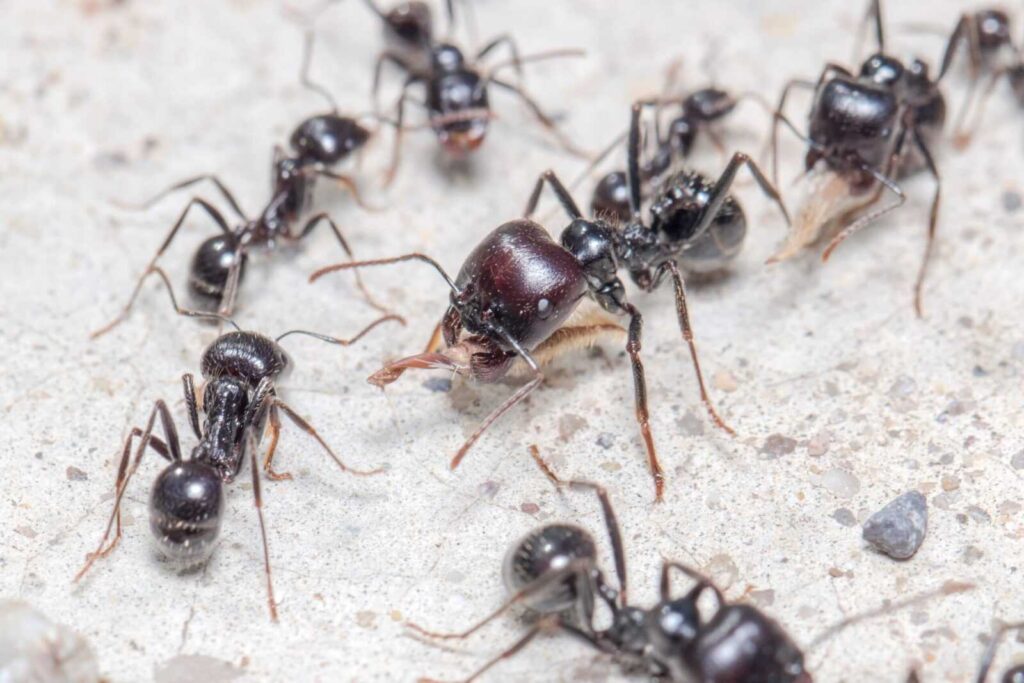





Reviews
Clear filtersThere are no reviews yet.